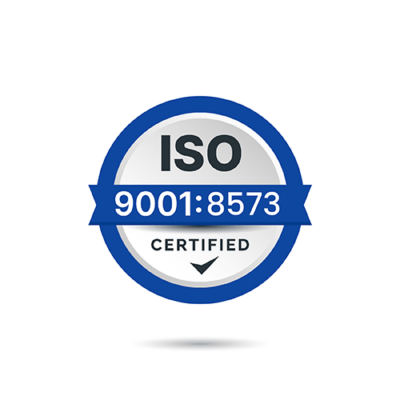// Quality Control
ISO 8573


At MTSI, adhering to ISO 8573 air standards is crucial for maintaining the high level of quality and reliability that our printed circuit boards (PCBs) demand. These standards specify the quality of compressed air used in manufacturing processes, ensuring that it is free from contaminants such as particles, water, and oil. Given the precision required in PCB design and production, even minute contaminants can adversely affect the integrity of the boards, leading to potential failures and impacting overall product performance. By adhering to ISO 8573, we ensure that our compressed air systems are clean and reliable, which directly contributes to the superior quality and durability of our PCBs.
ISO 8573 standards play a significant role in our commitment to operational excellence. By maintaining high air quality standards, we reduce the risk of contamination-related defects and rework, which enhances our production efficiency and minimizes downtime. This proactive approach helps us maintain consistent production processes and achieve better yields, ultimately translating to cost savings and a more efficient manufacturing workflow. Implementing these standards supports our goal of delivering high-quality products while optimizing resource utilization and operational effectiveness.
Furthermore, compliance with ISO 8573 air standards reinforces our dedication to industry best practices and customer satisfaction. It demonstrates to our clients and partners that we are committed to upholding the highest quality controls and producing PCBs that meet rigorous performance criteria. By integrating these standards into our operations, we build trust and confidence with our stakeholders, showcasing our commitment to excellence and our ability to meet the demanding requirements of modern electronics and technology industries.
Micro Technology Services, Inc. provides printed circuit board assemblies, electronic engineering and design services. With a rich history of technical excellence and a commitment to quality, we have built a reputation as a trusted partner for companies seeking innovative solutions to complex challenges.
Follow Us
Contact Us
This website only contains basic marketing information on function or purpose. It does not contain technical data as defined in 15 CFR 772 or 22 CFR 120.10. This information is not subject to U.S. export controls under the EAR or the ITAR. The appearance of U.S. Department of Defense (DoD) visual information does not imply or constitute DoD endorsement.